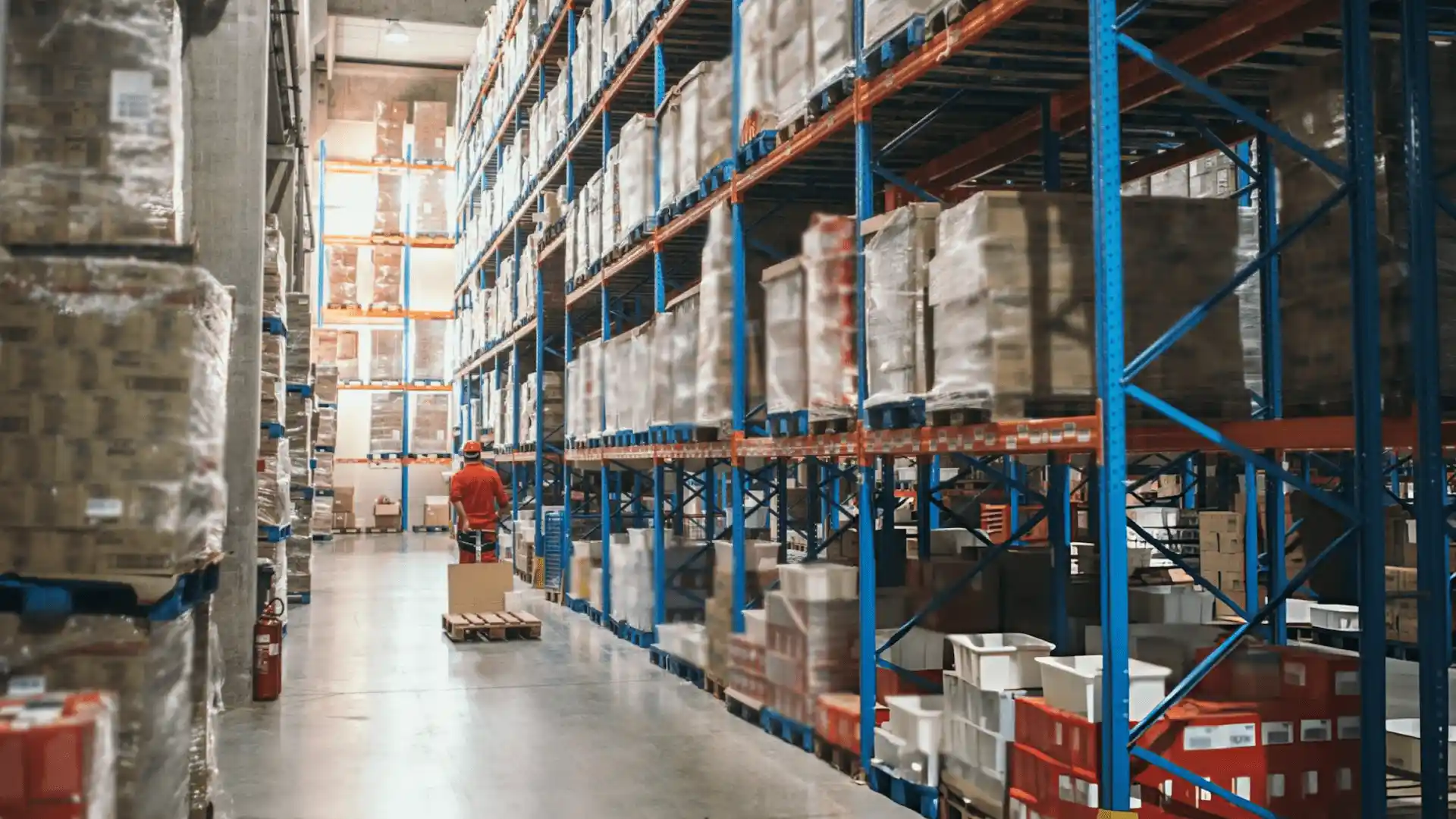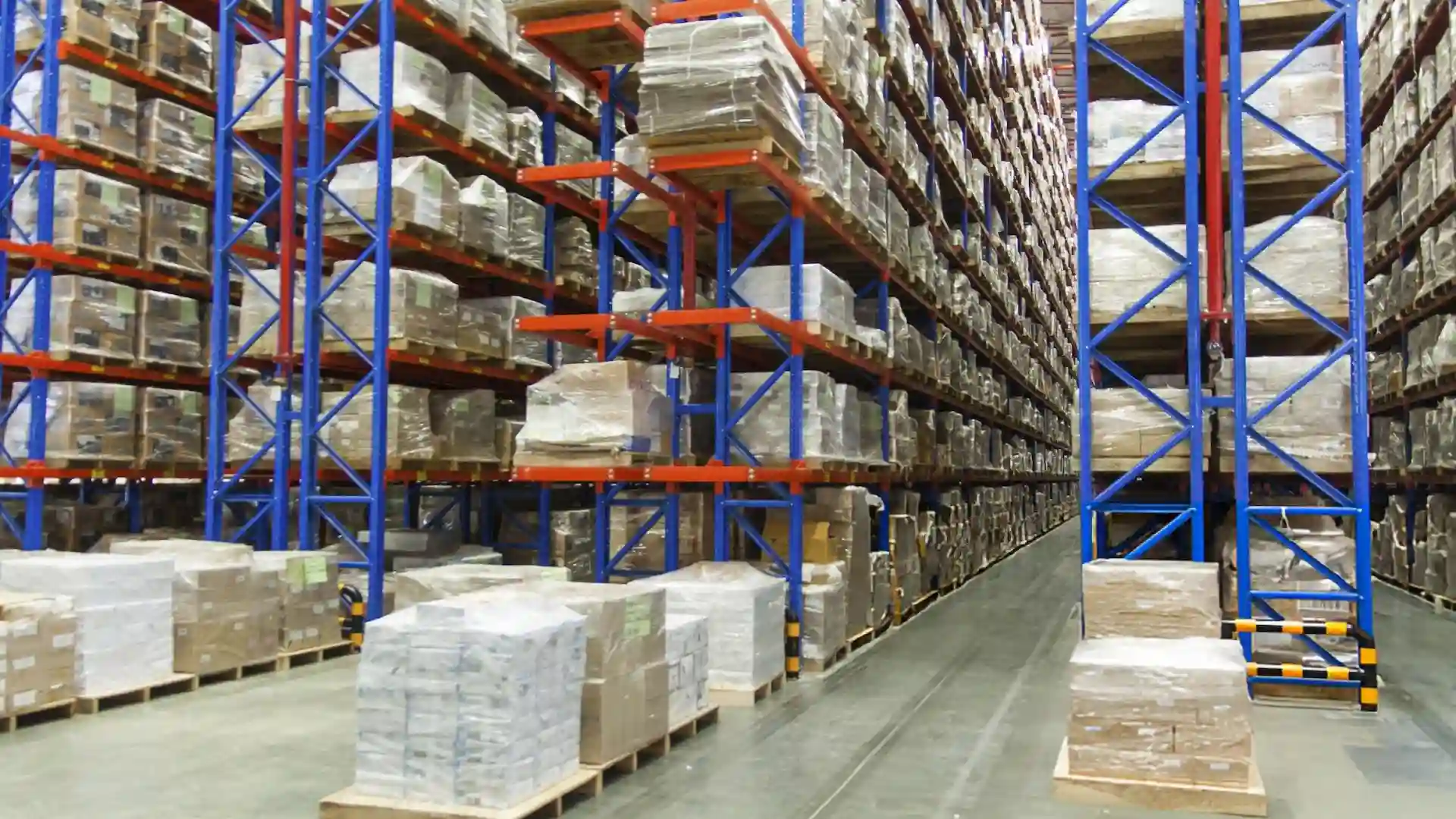The Pros and Cons of Headless Ecommerce Explained

Understanding Headless Ecommerce and Its Impact on Modern Retail
Headless ecommerce has gained traction among ecommerce brands seeking greater flexibility, faster innovation, and a differentiated digital experience. By separating the front-end and back-end layers of an ecommerce platform, brands can independently manage content, user experience, and commerce logic. This approach gives teams more control over the customer journey, but it comes with new layers of complexity.
For ecommerce leaders weighing the shift to headless architecture, it's important to understand both the advantages and challenges. Whether you are scaling your brand or seeking better performance from your fulfillment services, this guide will help you evaluate the potential of headless ecommerce, and how Atomix Logistics can support your operations throughout that journey.
What Is Headless Ecommerce?
Headless ecommerce refers to the decoupling of the front-end presentation layer (the “head”) from the back-end ecommerce engine. Instead of relying on a single, monolithic platform to handle everything from product listings to checkout, businesses use APIs to connect specialized systems.
This structure allows brands to design their customer experience freely on any front-end (web, mobile app, smart device) while maintaining backend functionality for inventory management, order fulfillment, and ecommerce shipping.
Pros of Headless Ecommerce
A headless setup can unlock new possibilities for growth-focused brands. Here’s how:
Flexibility and Customization
Brands are no longer limited by the templates and constraints of legacy ecommerce platforms. Headless ecommerce lets you build:
- Custom user interfaces that align with your brand’s identity.
- Dynamic shopping experiences that adjust in real-time across mobile, desktop, social, and voice channels.
- Modular tech stacks that integrate best-in-class tools for analytics, personalization, or ecommerce fulfillment.
This flexibility allows teams to iterate faster and optimize performance without waiting for backend development.
Faster Time to Market
Because the front-end and back-end function independently, changes to either side can be deployed without full platform updates. This means:
- Marketing teams can launch promotions, campaigns, or A/B tests without involving developers.
- Development teams can release features faster by updating only specific components.
- Businesses can respond quickly to market shifts or new opportunities.
Speed is a competitive advantage, especially when adapting to shifting customer expectations and seasonal demand.
Improved Personalization
Personalization drives conversions. Headless systems support:
- Tailored content experiences based on customer segments.
- Contextual product recommendations.
- Fast updates for localized or seasonal content.
When integrated with advanced order fulfillment software and real-time data, headless ecommerce empowers you to deliver experiences that convert browsers into buyers.
Omnichannel Capabilities
A headless approach makes it easier to deliver consistent brand experiences across all customer touchpoints. Whether someone shops on your website, Instagram, or smart speaker, they get:
- Seamless transitions between devices.
- Unified cart and checkout experiences.
- Real-time product availability tied to accurate inventory management.
This level of consistency strengthens loyalty and encourages repeat purchases.
Scalability for Future Growth
Headless architecture supports:
- Easier integration of new channels like augmented reality or IoT devices.
- Streamlined onboarding of new geographic regions or brands.
- Reduced need for full replatforming when expanding.
This positions growing businesses to evolve without technical constraints. As operations scale, partnering with a 3PL like Atomix Logistics ensures smooth backend support, including 3PL fulfillment, order routing, and ecommerce shipping logistics.
Cons of Headless Ecommerce
For all its benefits, headless ecommerce is not without its challenges. Transitioning requires preparation, technical expertise, and the right support partners.
Higher Complexity
A headless model involves managing multiple systems:
- APIs must connect front-end apps, CMS, ecommerce engines, and third-party tools.
- More moving parts mean higher risk for bugs, downtime, or inconsistent experiences.
- Teams need clear workflows to coordinate updates and fixes across systems.
This complexity can be a barrier for small teams or fast-moving startups without technical depth.
Greater Upfront and Ongoing Costs
Costs increase in several ways:
- Development work is often custom, requiring skilled developers or agencies.
- Integrating APIs and third-party services comes with subscription or usage fees.
- Ongoing maintenance includes bug fixes, updates, and performance monitoring.
Before switching, brand leaders must calculate total cost of ownership and compare it to expected gains in revenue, conversion rate, or customer loyalty.
Vendor Management Overload
Going headless means dealing with:
- Multiple contracts for CMS, search, CRM, order fulfillment software, and more.
- A patchwork of support contacts and update schedules.
- Potential security gaps between services.
Coordinating vendors requires time, negotiation skills, and project management. Relying on a trusted 3PL provider like Atomix Logistics can streamline part of this burden, handling ecommerce fulfillment and 3PL shipping under a single service umbrella.
Maintenance Burden
Every component in a headless setup needs upkeep:
- APIs must stay current to prevent breaks.
- Security updates must be tracked across services.
- Monitoring and analytics need to cover the full customer journey.
Without a robust IT or devops team, the upkeep can drain resources from innovation or marketing.
Missing Built-In Features
Some traditional platforms come with:
- Built-in search, promotions, and analytics tools.
- One-click integrations for payment or tax systems.
Headless platforms often require third-party tools or custom development to match these features. This adds time and costs to launch and iteration.
When Does Headless Ecommerce Make Sense?
Not every ecommerce brand will benefit equally from going headless. Here are questions to ask:
- Do you need to launch across multiple digital channels?
- Are you struggling with the limits of a monolithic platform?
- Is your team prepared for more technical ownership or ready to hire partners?
- Do you need to improve your ecommerce fulfillment and operations at the same time?
For brands facing bottlenecks with speed, customization, or omnichannel reach, headless ecommerce can unlock better outcomes. When paired with a warehouse for ecommerce brand partners like Atomix Logistics, operations remain streamlined even as your digital experience grows more sophisticated.
Practical Considerations Before Going Headless
If your brand is evaluating headless ecommerce, take a strategic approach. Key points to consider:
Start Small with a Minimum Viable Product (MVP)
- Launch headless for one customer touchpoint, such as mobile web.
- Keep backend on legacy while experimenting with new front-end tools.
- Use results to justify full transition.
Evaluate Technical Resources
- Do you have developers with API and integration experience?
- Will you need to hire an agency or work with a headless implementation partner?
- Can your ecommerce shipping and 3PL fulfillment adapt to the new architecture?
Choose the Right Vendors
Look for:
- Strong documentation and community support.
- Proven integration with your core tools (CRM, CMS, payment, fulfillment services).
- Security and compliance readiness.
Atomix Logistics supports integration with modern ecommerce platforms, providing real-time order tracking, inventory management, and 3PL shipping updates that sync seamlessly with headless architecture.
Plan for Support and Scalability
- Document all APIs, workflows, and vendor responsibilities.
- Assign internal owners for key systems.
- Scale warehouse and logistics support alongside front-end growth.
Atomix Logistics provides scalable order fulfillment tailored to headless ecommerce, reducing friction as your platform grows in complexity and volume.
How Atomix Logistics Supports Headless Ecommerce Brands
Brands that adopt headless architecture often focus on growth, speed, and customer experience. These priorities demand backend reliability, especially in ecommerce fulfillment and shipping. Atomix Logistics provides:
- Flexible 3PL fulfillment that integrates with any tech stack or ecommerce platform.
- Smart inventory management synced across warehouses, sales channels, and marketplaces.
- Accurate, timely ecommerce shipping with branded packaging and tracking tools.
- Order fulfillment software that communicates in real-time with your front-end experience.
Whether you’re a DTC brand launching internationally or an established retailer embracing headless, Atomix Logistics ensures operations stay fast and customer-centric.
Final Thoughts on Headless Ecommerce
Headless ecommerce offers brands an opportunity to control their digital future. With greater freedom comes responsibility—technical demands, increased cost, and the need for reliable operational partners. For the right business, the payoff includes faster innovation, stronger customer experiences, and the ability to adapt across every touchpoint.
Investing in a headless structure is more than a tech decision. It requires an ecosystem of tools and partners that move with your brand. By aligning with a logistics provider like Atomix Logistics, brands can focus on growth while backend operations, from ecommerce fulfillment to 3PL shipping, run with precision.
FAQ: Headless Ecommerce Explained
What is headless ecommerce and how does it work?
Headless ecommerce is a flexible architecture that separates the front-end (what users see) from the back-end (where ecommerce functions run). Brands use APIs to connect these layers, allowing them to deliver custom shopping experiences across web, mobile, and other digital channels without being limited by traditional platform templates.
Is headless ecommerce better than traditional ecommerce platforms?
Headless ecommerce offers more control, faster updates, and improved omnichannel experiences compared to traditional platforms. It is ideal for brands needing high customization, scalability, and integration with modern tools. Traditional platforms may still suit businesses with simpler needs and smaller teams.
What are the pros and cons of headless ecommerce?
Pros: Flexibility, faster time to market, enhanced personalization, omnichannel reach, and scalability.
Cons: Increased technical complexity, higher upfront costs, vendor management, ongoing maintenance, and potential feature gaps.
Who should use headless ecommerce?
Headless ecommerce is best suited for mid-size to enterprise brands looking to improve customer experience, support multiple sales channels, or integrate advanced technologies. Brands with in-house developers or reliable partners like Atomix Logistics can better handle the operational demands.
How can Atomix Logistics support headless ecommerce brands?
Atomix Logistics provides integrated 3PL fulfillment, order fulfillment software, real-time ecommerce shipping updates, and inventory management systems that align with headless architectures. This allows brands to scale operations efficiently while maintaining fast, accurate, and customer-focused delivery services.

.svg)
.svg)
.svg)




